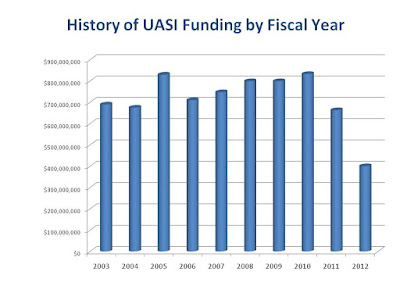All Hands Consulting Reviews 2011, Has Positive Outlook for 2012
Happy New Year's Eve everyone. I prepared the following as an update on AHC activities past, present and future. All Hands Consulting (AHC) is ending another successful year: its twelfth since rebranding DavisLogic as All Hands in early 2000. 2012 will be the thirteenth year of operations for this unique emergency management consulting firm . AHC is starting off the New Year with many exciting projects on the books. The 2012 outlook is positive despite the sluggish economy and cut backs in homeland security grants . Reflecting on 2011 This is the time of year to reflect on our past accomplishments and keys to success. We want to thank everyone who has been a part of All Hands including our consultants, clients and partners. Despite the recession, 2011 was a year of steady work for AHC. All Hands consultants kept busy working with many returning clients and a few new clients. Our client list has grown to over 150 while our team of consultants has climbed well p





